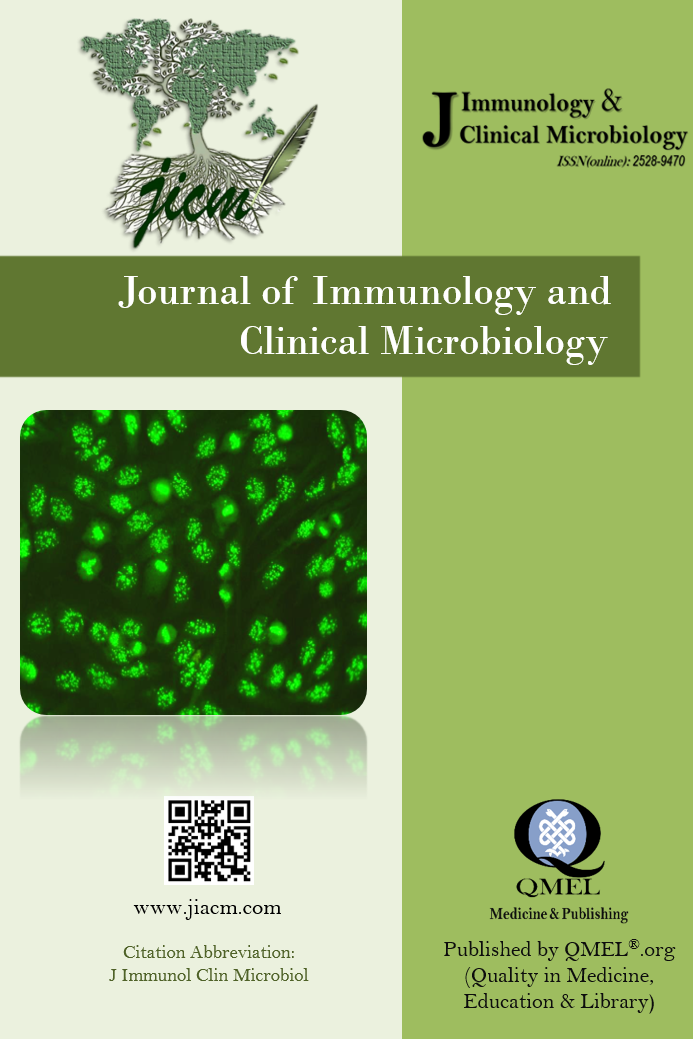Changes in Antibiotic Susceptibility of Urinary Tract Pathogens in Pediatric Population by Years
Changes in Antibiotic Susceptibility of Urinary Tract Pathogens in Pediatric Population by Years
___
- 1. Shaikh, N., Hoberman, A., Hum, S. W., Alberty, A., Muniz, G., Kurs-Lasky M., et al.. Development and validation of a calculator for estimating the probability of urinary tract infection in young febrile children. JAMA pediatrics 2018; 172(6), 550-556.
- 2. Gupta, K., Larissa G., Barbara T.. "Urinary tract infection. Ann Intern Med. 2017; 167.7; ITC49-ITC64.
- 3. Korbel L, Howell M, Spencer JD. The clinical diagnosis and management of urinary tract infections in children and adolescents. Paediatr Int Child Health 2017;37(4): 273–9.
- 4. Kaufman J, Temple-Smith M, Sanci L. Urinary tract infections in children: an overview of diagnosis and management. BMJ Paediatr Open. 2019 ;24;3(1):e000487.
- 5. Zorc, J. J., Kiddoo, D. A., & Shaw, K. N. Diagnosis and management of pediatric urinary tract infections. Clinical microbiology reviews; 2005; 18(2): 417-422.
- 6. Struthers S, Scanlon J, Parker K, Goddard J, Hallett R. Parental reporting of smelly urine and urinary tract infection. Arch Dis Child 2003;88(3):250–2.
- 7. Gauthier, M., Gouin, S., Phan, V., & Gravel, J. Association of malodorous urine with urinary tract infection in children aged 1 to 36 months. Pediatrics, 2012; 129(5), 885-890.
- 8. Kosmeri C, Kalaitzidis R, Siomou E. An update on renal scarring after urinary tract infection in children: what are the risk factors? J Pediatr Urol. 2019; 15(6), 598-603.
- 9. Tseng, M. H., Lo, W. T., Lin, W. J., Teng, C. S., Chu, M. L., & Wang, C. C. . Changing trend in antimicrobial resistance of pediatric uropathogens in Taiwan. Pediatrics International, 2008; 50(6), 797-800.
- 10. Stephanos K1, Bragg AF. Pediatric Genitourinary Infections and Other Considerations. Emerg Med Clin North Am. 2019;37(4):739-754 . 11. Okarska-Napierała M, Wasilewska A, Kuchar E. Urinary tract infection in children: Diagnosis, treatment, imaging-Comparison of current guidelines. J Pediatr Urol. 2017 ;13(6):567-573.
- 12. Haller M, Brandis M, Berner R. Antibiotic resistance of urinary tract pathogens and rationale for empirical intravenous therapy Pediatr Nephrol. 2004;19(9):982-6. 13. Vélez Echeverri C, Serna-Higuita LM, Serrano AK, Ochoa-García C, Rojas Rosas L, María Bedoya A, et al. Resistance profile for pathogens causing urinary tract infection in a pediatric population, and antibiotic treatment response at a university hospital, 2010-2011. Colomb Med (Cali). 2014; 30;45(1):39-44.
- 14. Konca C, Tekin M, Uckardes F, Akgun S, Almis H, Bucak IH, et al. Antibacterial resistance patterns of pediatric community-acquired urinary infection: Overview. Pediatr Int. 2017;59(3):309-315.
- 15. Yilmaz Y, Tekkanat Tazegun Z, Aydin E, Dulger M. Bacterial Uropathogens Causing Urinary Tract Infection and Their Resistance Patterns Among Children in Turkey. Iran Red Crescent Med J. 2016; 21;18(6):e26610.
- 16. Vojvodić Ž, Daus Šebeđak D. Outpatient Antibiotic Consumption for Urinary Infections in Croatia 2005 - 2014: What can be Learned from Utilization Trends. Zdr Varst. 2018; 1;57(4):183-191.
- 17. Gunduz S, Uludağ Altun H. Antibiotic resistance patterns of urinary tract pathogens in Turkish children. Glob Health Res Policy. 2018; 16;3:10.
- 18. Choe HS, Lee SJ, Cho YH, Çek M, Tandoğdu Z, Wagenlehner F, et al. Aspects of urinary tract infections and antimicrobial resistance in hospitalized urology patients in Asia: 10-Year results of the Global Prevalence Study of Infections in Urology (GPIU). J Infect Chemother. 2018;24(4):278-83.
- 19. Yürüyen C, Gürol Y, Kaleağasioğlu SF, Kaspar EÇ, Yilmaz G. Isolation rates and antibiotic susceptibilities of different Enterobacteriaceae species as urinary tract infection agents in Turkey: a systematic review. Turk J Med Sci. 2017; 12;47(3):979-86.
- 20. Gökçe İ, Çiçek N, Güven S, Altuntaş Ü, Bıyıklı N, Yıldız N, et al. Changes in Bacterial Resistance Patterns of Pediatric Urinary Tract Infections and Rationale for Empirical Antibiotic Therapy. Balkan Med J. 2017; 29;34(5):432-435.
- 21. Koksal I, Yilmaz G, Unal S, Zarakolu P, Korten V, Mulazimoglu L, et al.Epidemiology and susceptibility of pathogens from SMART 2011-12 Turkey: evaluation of hospital-acquired versus community-acquired urinary tract infections and ICU- versus non-ICU-associated intra-abdominal infections. J Antimicrob Chemother. 2017;1;72(5):1364-1372.
- 22. Coban B, Ülkü N, Kaplan H, Topal B, Erdogan H, Baskin E. Five-year assessment of causative agents and antibiotic resistances in urinary tract infections. Türk Ped Arş. 2014; 49: 124-9.
- Yayın Aralığı: Yılda 4 Sayı
- Başlangıç: 2016
- Yayıncı: Erkan YULA
Changes in Antibiotic Susceptibility of Urinary Tract Pathogens in Pediatric Population by Years
Two Elderly Patients with Disseminated Tuberculosis
COVİD-19 İLE İLİŞKİLİ KANDİDEMİ
Fatma Meral İNCE, Özge ALKAN BİLİK, Hasan İNCE
Cervical Lymphadenitis Mimicking Lymphoma: A Case of Tuberculosis
Romatoit Artrit Öntanılı Hasta Serumlarında Anti CCP ve RF ‘ün Değerlendirilmesi
Selçuk KAYA, Mehmet KARABEY, Ayşegül AKSOY GÖKMEN, Gökhan KABADAYI
Ethiological, Clinical and Epidemiological Overview of Covid-19 Pandemia
